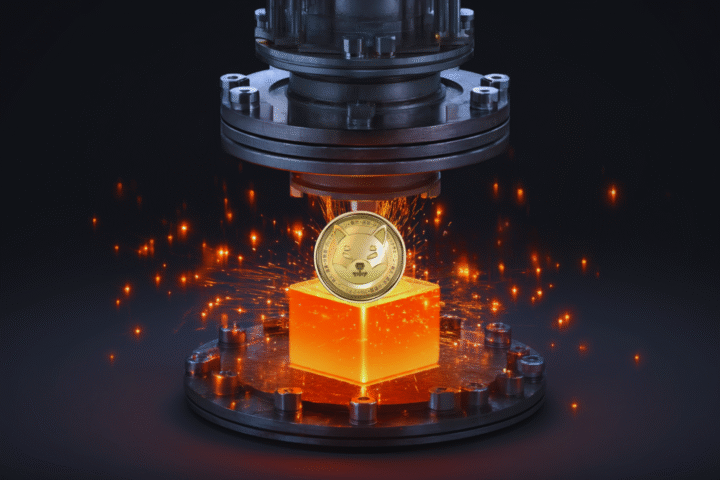Ethereum is on the brink of a revolutionary shift as it gears up for the launch of Dencun, its most significant upgrade since the landmark transition to proof-of-stake. Beyond the hype, it is important to delve into how Dencun is set to redefine the boundaries of blockchain technology and its implications for validators, users, and the wider cryptocurrency landscape.
Set to launch 9:55 a.m. ET on Wednesday, the much-anticipated Dencun upgrade, a significant “hard fork” in blockchain parlance, marks a pivotal step toward Ethereum’s ambitious goal: it is a cornerstone in the platform’s roadmap to support an extensive array of rollups and secondary scaling layers, ultimately aiming to handle millions of transactions per second.
Dencun, a blend of the names Deneb and Cancun, signifies a dual upgrade within Ethereum’s architecture, targeting both the consensus and execution layers simultaneously. The Deneb component is designed to enhance the consensus layer, crucial for network participants’ agreement on the blockchain’s state. Meanwhile, the Cancun portion aims to refine the execution layer, focusing on the management and processing of transactions.
While the Dencun hard fork incorporates nine different Ethereum Improvement Proposals (EIPs), central to this upgrade is the introduction of EIP 4844, or “protodanksharding.” This innovation is expected to revolutionize Ethereum’s layer two (L2) networks by significantly reducing gas fees and bolstering scalability.
The Dencun upgrade represents a significant shift for Ethereum’s validators, integral to the network’s security via Proof-of-Stake (PoS). The update is set to significantly enhance staking rewards, propelled by Ethereum’s growing adoption and expansion, thereby making the role of a validator increasingly attractive.
Related: Dubai Purges Privacy, Stablecoins In Strict New Crypto Laws
Moreover, it seeks to streamline the staking process, which is expected to draw in new validators, intensifying the competition for rewards. The shift toward sharding will require validators to modify their operational strategies, as they may need to oversee transactions on designated shards, indicating a significant evolution in their responsibilities within the Ethereum network.
Furthermore, EIP-7044 introduces a new feature allowing ETH validators and stakers to encode instructions for exiting their positions, known in smart contracts as perpetually valid signed voluntary exits.
The Dencun upgrade heralds significant advancements for Layer-2 solutions, poised to dramatically enhance Ethereum’s scalability. By consolidating user transactions into sizable batches for settlement on the Ethereum mainnet, these networks play a crucial role in streamlining operations.
Related: New Wallets Trigger Massive Shiba Inu Supply Squeeze
The introduction of “blobspace” in the Dencun upgrade is a game-changer, allowing Layer-2 networks to directly post data to Ethereum without the expensive necessity of embedding it within standard transactions. This innovation is expected to facilitate the settlement of more extensive data volumes more efficiently, reducing transaction fees for end-users and markedly improving the overall performance of the Ethereum ecosystem.
The Dencun upgrade is set to revolutionize user experience on Ethereum, making L2 transactions extremely affordable—virtually cost-free. This significant reduction in costs is expected to shift the majority of Ethereum activities to L2 networks. Currently, L2 submission fees constitute about 10% of all Layer-1 fees, a figure that is anticipated to decrease markedly once the upgrade is implemented.












